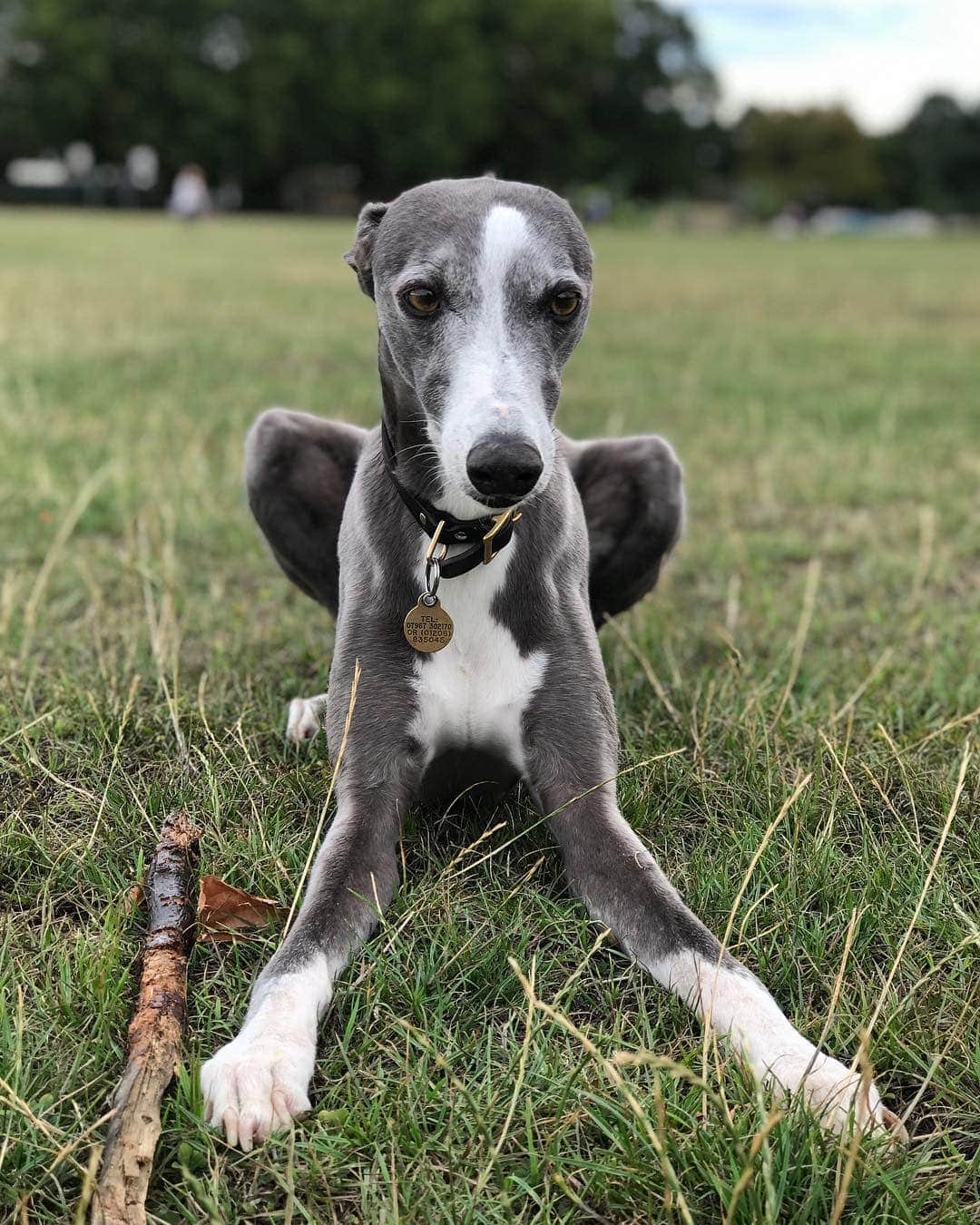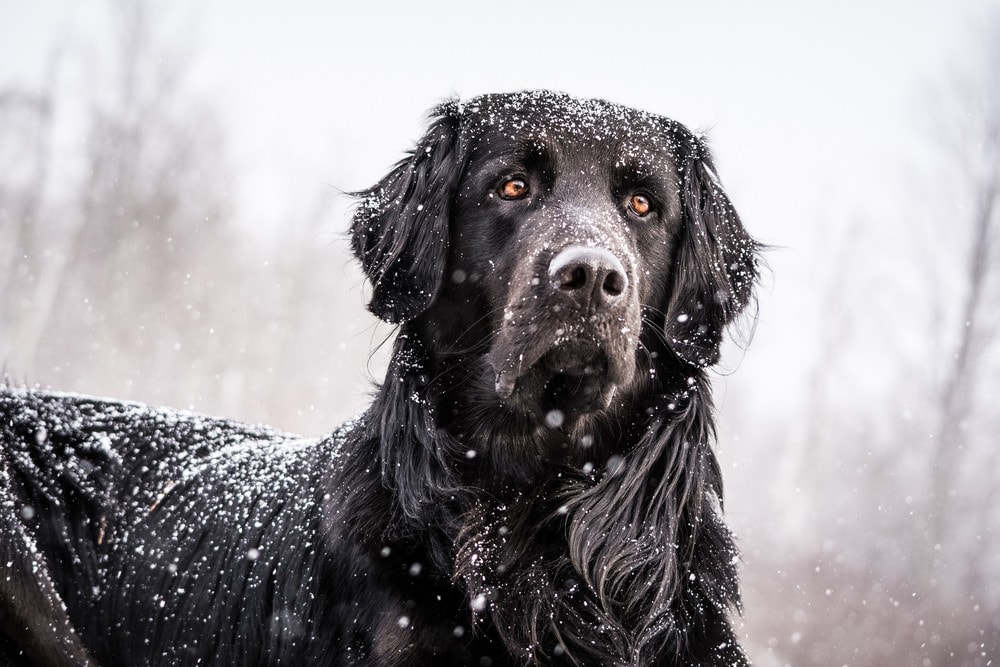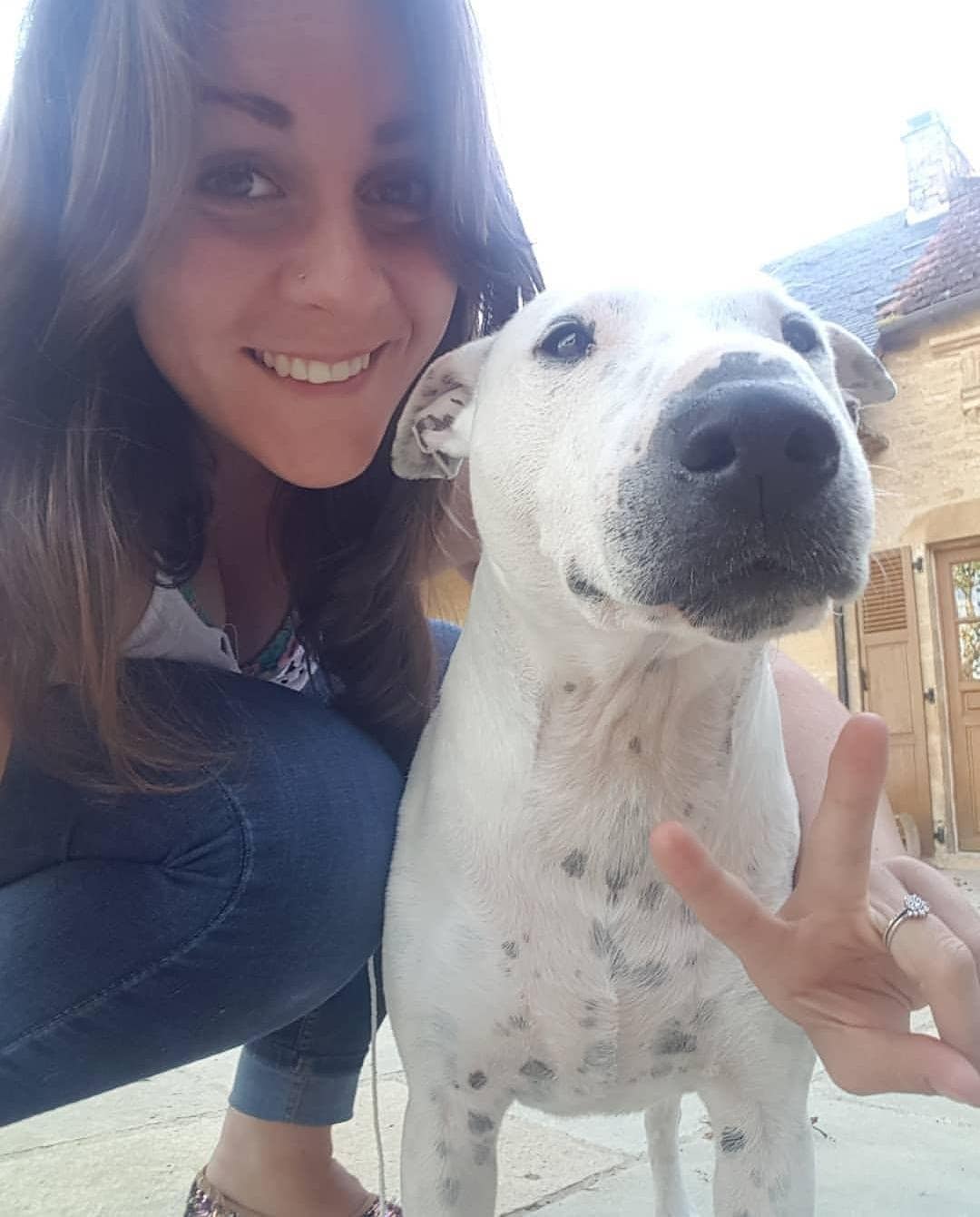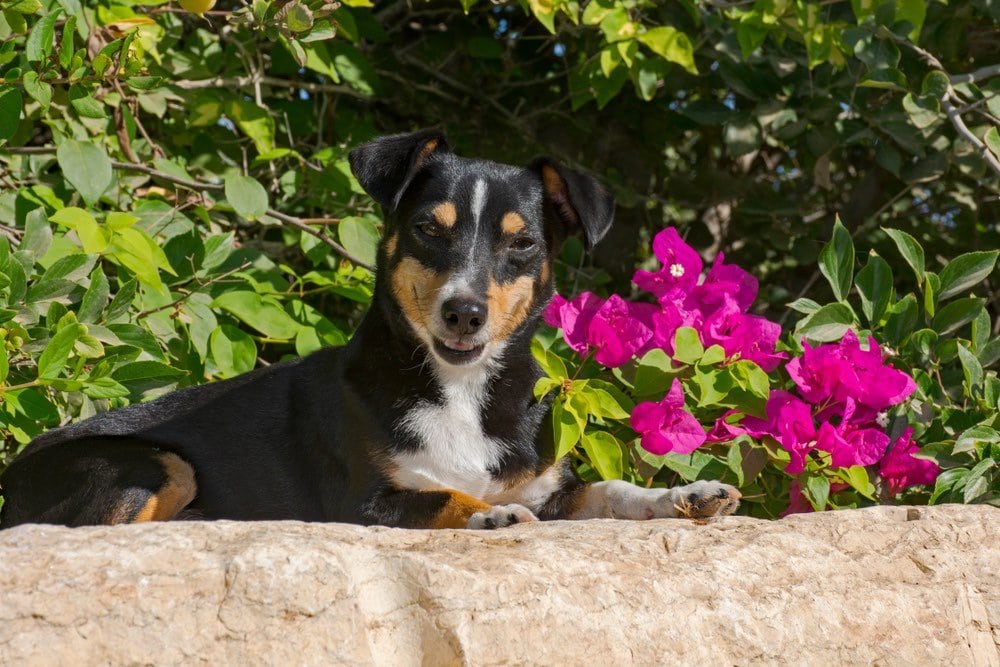Mali Dutchie (Belgian Malinois & Dutch Shepherd): Info, Pictures, Characteristics & Facts

Updated on
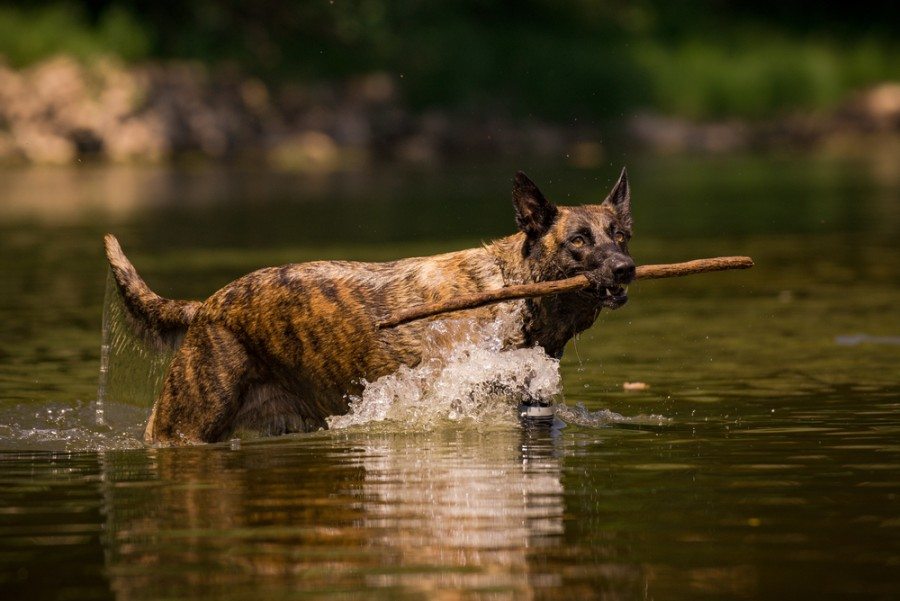
Height:
21–24 inches
Weight:
40–70 pounds
Lifespan:
12–15 years
Colors:
Black, brown, silver, fawn, brindle
Suitable for:
Active families and adults, those in the service, homes with large yards, farms
Temperament:
Energetic, loyal, protective, social, inquisitive, working mentality
An offspring of the Belgian Malinois and the Dutch Shepherd, Mali Dutchies are strong, independent hybrid dogs that love to work and spend time with their family members. These dogs are strong-willed but eager to please. They’re also fairly easy to train. The Mali Dutchie’s Belgian Malinois parent is used as a protection and work dog around the world and is even employed by the military.
So, with the right training, many Mali Dutchies make great guard and protection dogs at home. This mixed breed’s Dutch Shepherd parent is a herding dog that loves working on the farm. Therefore, Mali Dutchies could become awesome ranch hands. Both parents are agile and active, so owners should be prepared to exercise their Mali Dutchie daily.
These dogs sport an all-weather coat that will keep them warm during the winter but will shed to cool them off during the summer months. There is much to learn about this hybrid breed before deciding whether to adopt one. Read on to find out all you should know about the Mali Dutchie.
Mali Dutchie Puppies
Mali Dutchie puppies might be small when they’re adopted, but they grow into large dogs that can weigh up to 70 pounds when fully grown! So, it’s important to know about things like their energy levels and their natural sociability to ensure that you know how to properly care for your new pooch.
They tend to be loyal and affectionate dogs. They love spending time with their human companions and will create strong bonds. They’re also very energetic so training and mental stimulation activities should be at the top of your list to keep your Mali Dutchie happy and entertained.
3 Little-Known Facts About the Mali Dutchie
1. They Have Impressive Bloodlines
The Mali Dutchie is partially bred from an impressive line of working dogs called the Belgian Malinois. The Belgian Malinois has served in World War I, has helped the Navy Seals defeat enemies, and is just as proficient at skydiving as humans are. So, it’s safe to say that the Mali Dutchie can exhibit many of the impressive traits that their Belgian Malinois parent does, with the proper training in place.
2. They’re Intimidating But Not Aggressive
The sheer size of the Mali Dutchie can be intimidating to people, especially when one of these dogs feels like they need to protect a family member. But the truth is that these dogs aren’t naturally aggressive. They may bark to keep potential threats at bay, but they don’t attack just because they’re feeling threatened. They’ll greet new humans with a wagging tail and a big smile if a threat isn’t detected.
3. They’re Hardy But Light on Their Feet
The Mali Dutchie is large and hardy, but they’re light on their feet, which is why police departments and military personnel throughout the United States prefer this hybrid breed even over the German Shepherd.
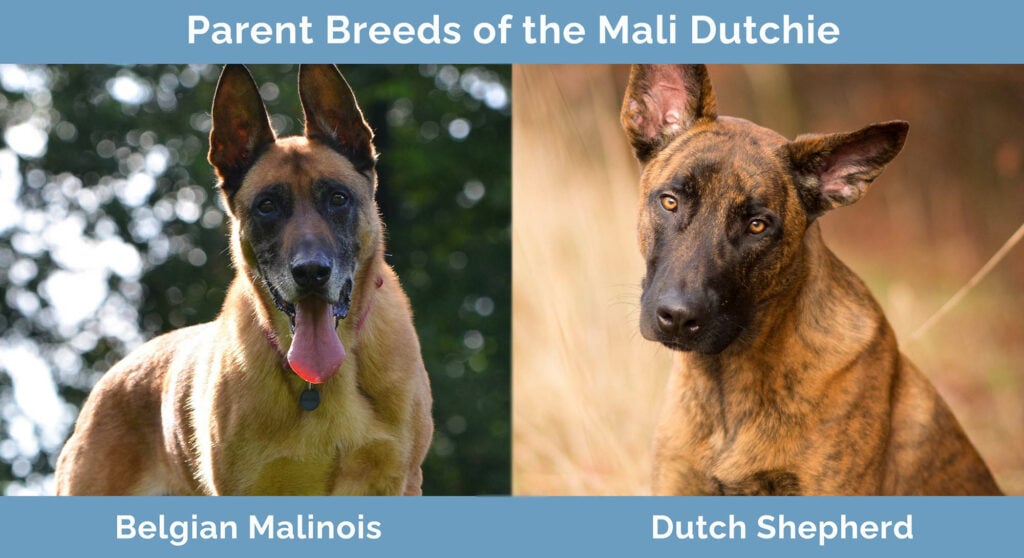
Temperament & Intelligence of the Mali Dutchie 🧠
While the Mali Dutchie can live happily in a family environment, these aren’t typical lap dogs or pets. They are bred and born to work just like their parents. So, they can’t and won’t sit around the house all day long while you work. These dogs need daily activity in the form of walking, running, and playing games.
They should also be given a job, whether that’s protecting the house from intruders, herding animals on a small farm, or working outside of the home as a therapy or police dog. With all this in mind, Mali Dutchies are gentle giants and enjoy spending time with their family members. Their non-aggressive nature makes them suitable for being in the company of children. Their intelligence makes them easy to teach both basic and complex commands.
These dogs aren’t barkers unless a threat is clearly perceived, or strangers are making their way to the front door. If they’ve had enough exercise throughout the day, owners can enjoy a relaxing evening on the couch while cuddled up with their pooch.
Are These Dogs Good for Families? 🏡
Mali Dutchies aren’t aggressive, and their friendly nature makes it easy for them to get along with humans of all ages, even kids. But their size and excitable personality can become dangerous for younger children when there is no adult supervision around.
If a Mali Dutchie is introduced into a family home, they need to be obedience trained right away and supervised until it’s clear that they understand what their boundaries are. They need to get plenty of outdoor exercise during the day to ensure respectful behavior while indoors.
Does This Breed Get Along with Other Pets? 🐶 😽
This Hybrid breed gets along with other dogs just as well as kids, which makes them suitable for multi-dog households and farms. However, their hunting and herding nature means that they don’t always get along with cats and other small animals, as they’re seen as prey.
If one of these dogs is expected to live in a home with a cat, they should be introduced to the cat at a young age and start socializing with other animals as soon as possible. These dogs should always be supervised when spending time around smaller animals. If supervision isn’t possible, separation should be a priority.
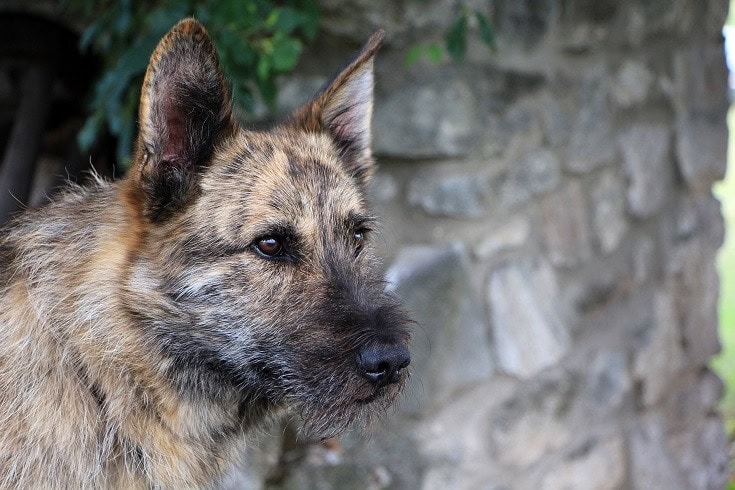
Things to Know When Owning a Mali Dutchie
Let’s go over what and how much to feed your pooch, what kind of exercise they enjoy, and the type of training they should undergo, among other important topics.
Food & Diet Requirements 🦴
These dogs expend a great deal of energy, so they need to take in energy to maintain their strong physiques and agile bodies. Expect your Mali Dutchie to eat about 3 cups of high-quality dog food every day. If they spend time on the agility course during the day, your dog might eat even more. You can prepare homemade dog food made up of things like chicken, fish, beef, beans, carrots, and brown rice. However, you should consult with your veterinarian to create a nutritious meal plan together before getting started.
The Mali Dutchie does well on quality dry dog food that is designed specifically for large breed dogs. Make sure any commercial dog food you choose is free of artificial fillers, colors, and flavors. Look for options that include real meat, fruit, and vegetables. Foods that feature meat and cornmeal are typically lower in quality and could potentially create health problems for your Mali Dutchie later down the line.
Exercise 🐕
Mali Dutchies come from strong parent breeds that are used to working all day long. Although they aren’t typically aggressive, they do have a strong prey drive and need to direct their drive toward positive and rewarding activities. Starting the day off with a brisk walk around the neighborhood is a good start, but it’s not enough.
There should also be time for playing in a fenced yard, working on puzzle toys like Kongs, and participating in training activities. The Mali Dutchie loves to hunt, camp, and go on road trips too.

Training 🦮
One of the most important things to consider when adopting a Mali Dutchie is training. Without proper training, these dogs can become destructive and hard to handle. Your furniture and clothing can get destroyed, and your commands may get ignored when your Mali Dutchie isn’t trained well. These dogs should start obedience training as early as 8 weeks old. The training should continue through adulthood, although less periodically, to ensure safety and contentment for both the dog and the humans involved.
Agility training is also something owners should seriously consider. This hybrid dog breed enjoys being on the course, and agility training gives them plenty of opportunities to expel their pent-up energy. Joining an agility club will give your Mali Dutchie the exercise and socialization that’s needed regularly. But you can easily create a homemade agility course in the backyard for exercise and play. Your pooch is sure to enjoy it just as much.
Grooming ✂️
The Mali Dutchie does have a thick coat that will keep them warm in the winter, but they tend to shed to stay cool the rest of the time. Therefore, brushing these dogs at least three times a week is essential to keep shedding in check.
This mixed breed should get plenty of exercise, so the need to trim their nails should be minimal throughout the year. These dogs don’t typically need baths unless they’ve been rolling in mud or dirt. Their ears and teeth should be cleaned regularly, and they should be checked out by the veterinarian several times a year to ensure good health.
Health Conditions ❤️
Although Mali Dutchies are generally healthy, there are a few health conditions that this hybrid breed is prone to.
- Progressive retinal atrophy
- Hypothyroidism
- Cryptorchidism
- Pannus
- Degenerative myelopathy
- Hip and elbow dysplasia
- Retinal dysplasia
Male vs. Female
Both genders are energy and prey-driven, but males that aren’t neutered tend to display a more confident personality. Females tend to be more independent, whereas males like to spend time near their owners. But for the most part, both males and females are intelligent, trustworthy, hard workers, and loyal. Both breeds deserve loving, active homes to be a part of.
Final Thoughts
While this hybrid dog is not for the faint of heart, those who enjoy spending time outdoors or who work as farmers or hunters will enjoy all the love, loyalty, and companionship that the Mali Dutchie offers. Training, companionship, and high-quality food should be priorities for Mali Dutchie owners. These dogs need a strong yet loving hand, and they need to feel like they’re a productive part of the family.
If you’re looking for a large, well-rounded dog that will protect your home and family and haul logs in the yard for you, this might be the hybrid breed for you. What are your thoughts about owning this strong and loyal Mali Dutchie? We’d love to hear your opinions in the comments section below.
- Interested in the differences between this pup’s parents? Dutch Shepherd vs. Belgian Malinois: What Are the Differences?
Featured Image Cerdit: Sorrel Ireland, Shutterstock



